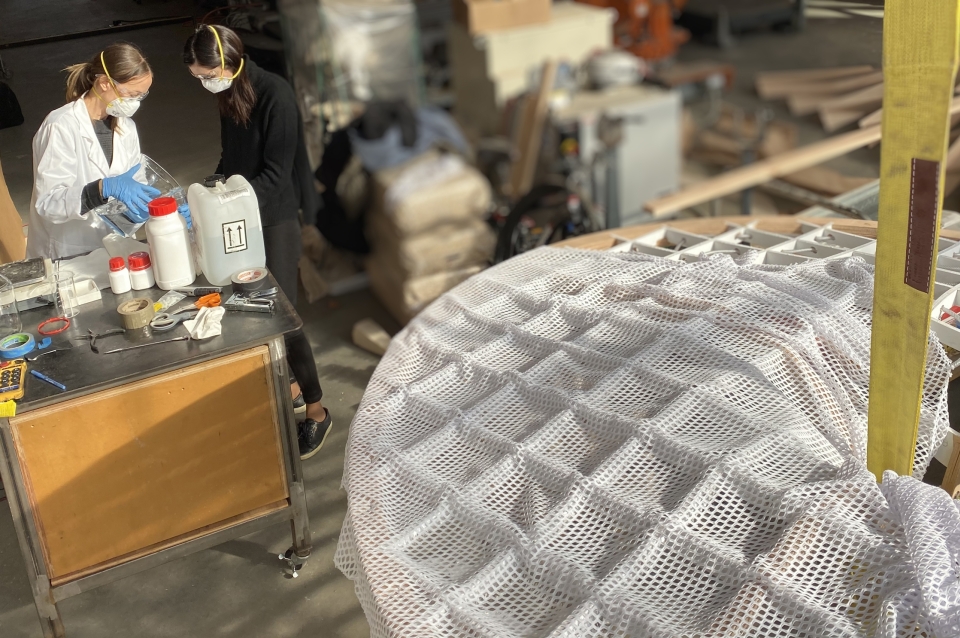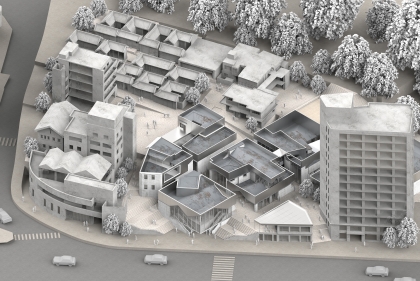November 30, 2024
Weitzman Faculty Receive NSF Award for Graduate Student Training Program Bridging Engineering and Architecture

Dorit Aviv and collaborator prepare a hydrogel membrane designed for evaporative cooling in a large-scale prototype.

 Expand Image
Expand Image


